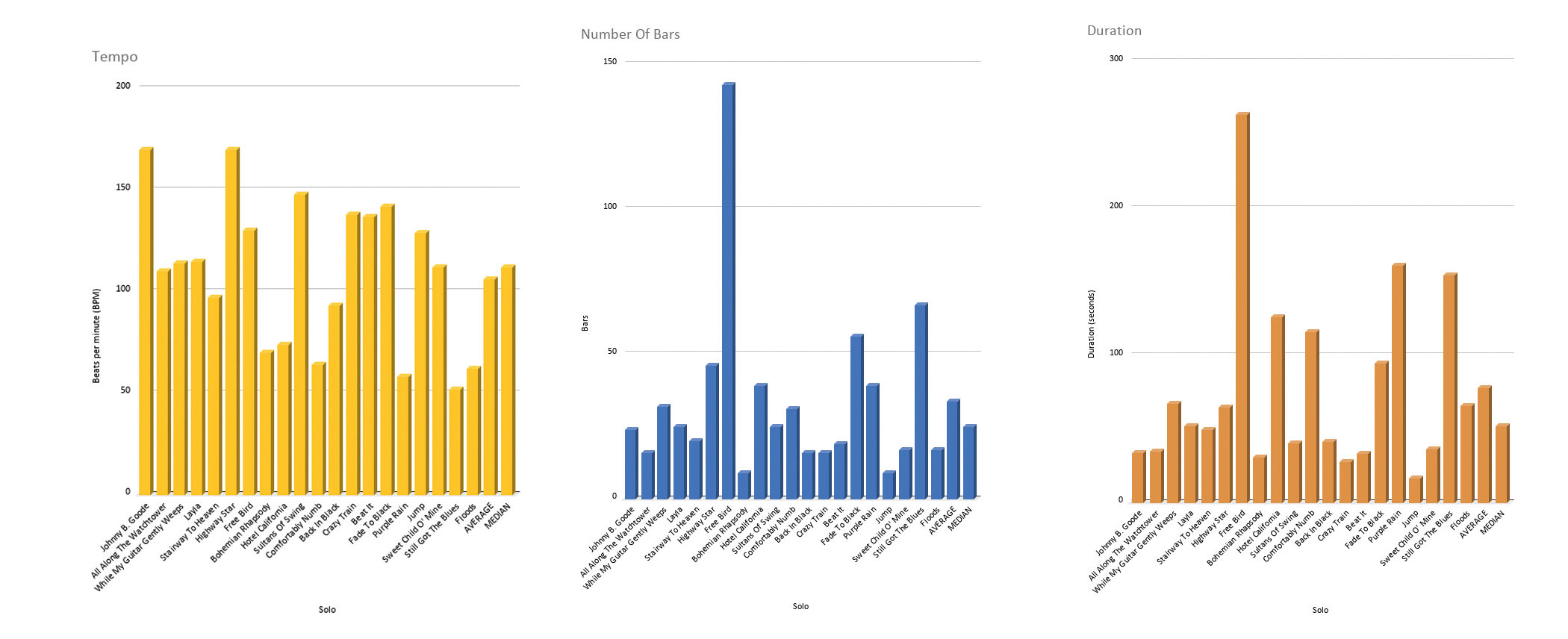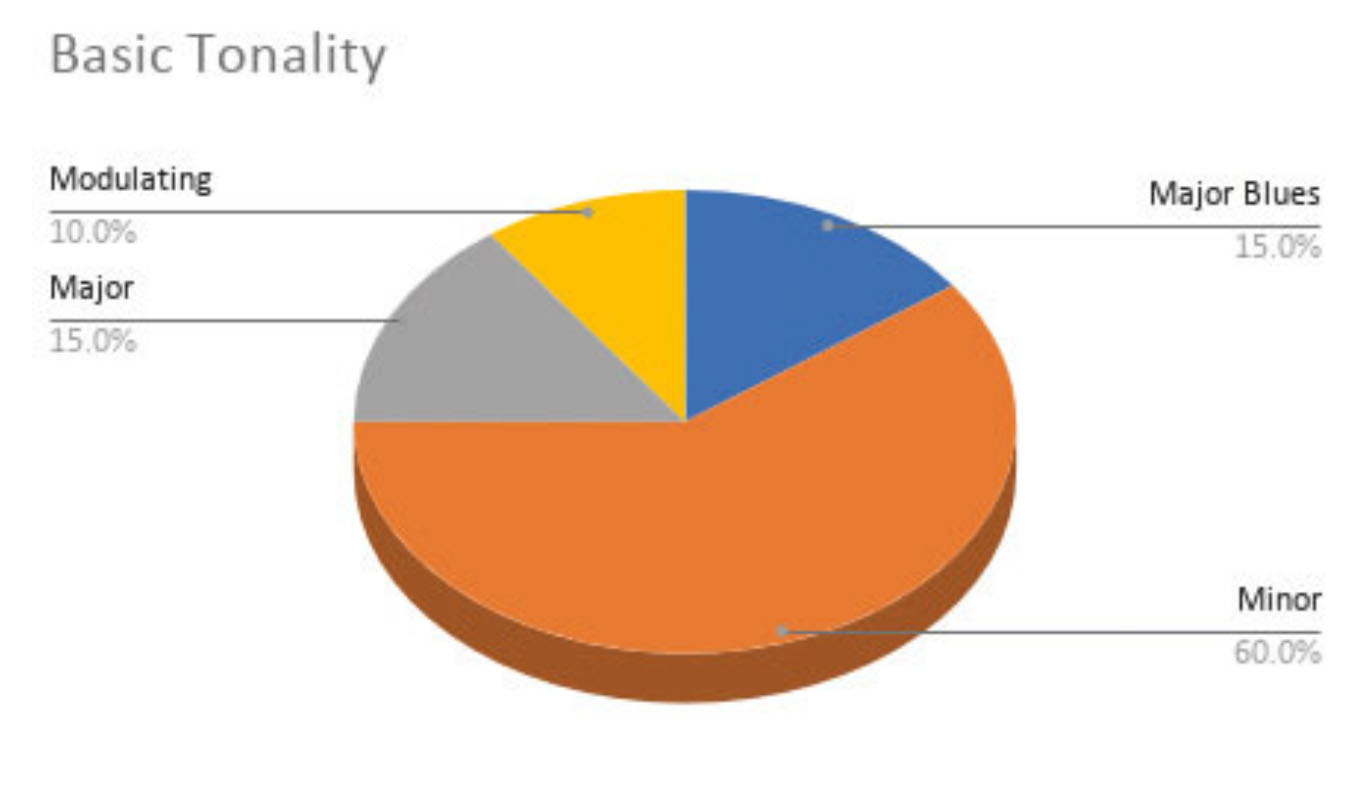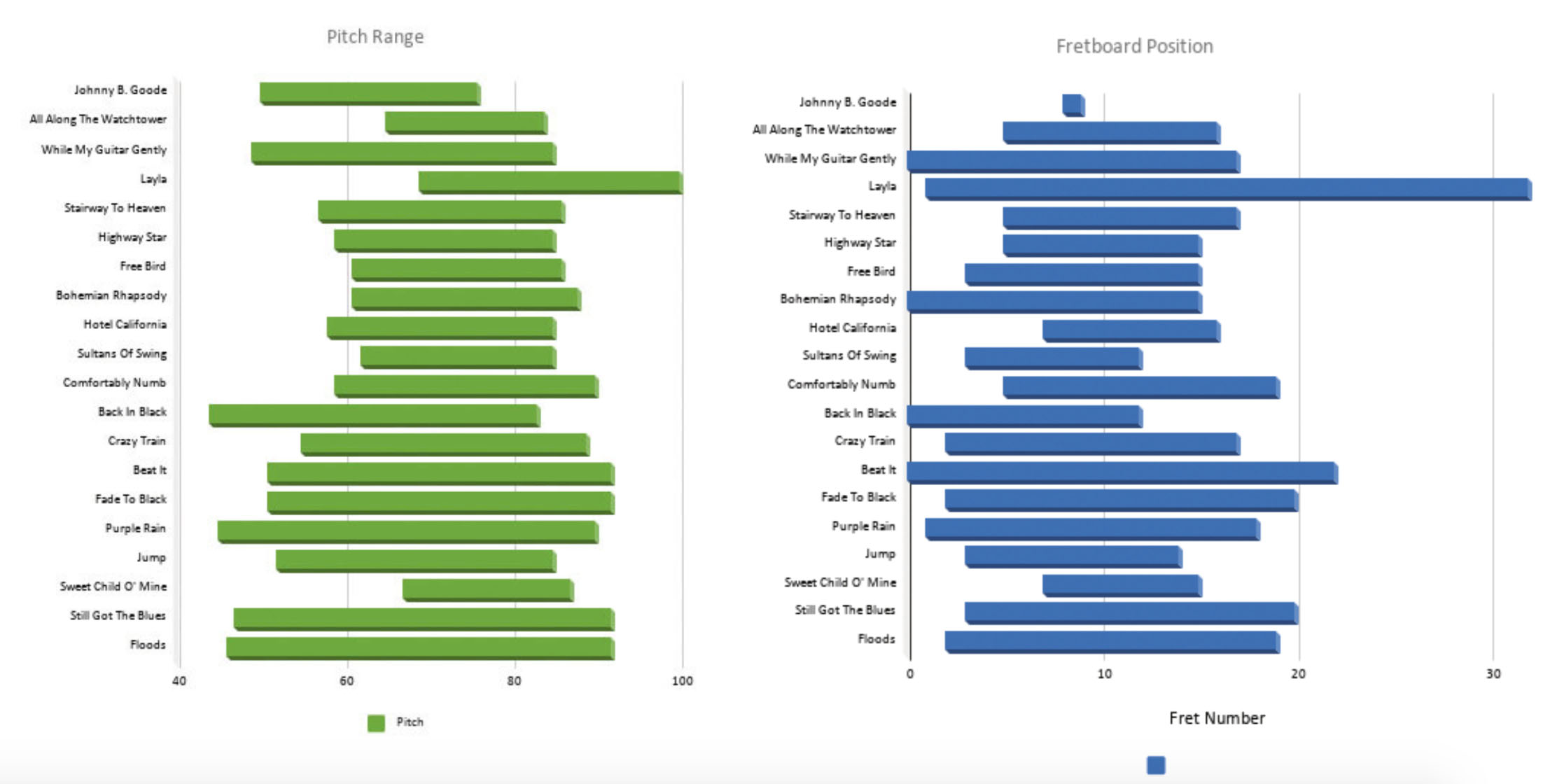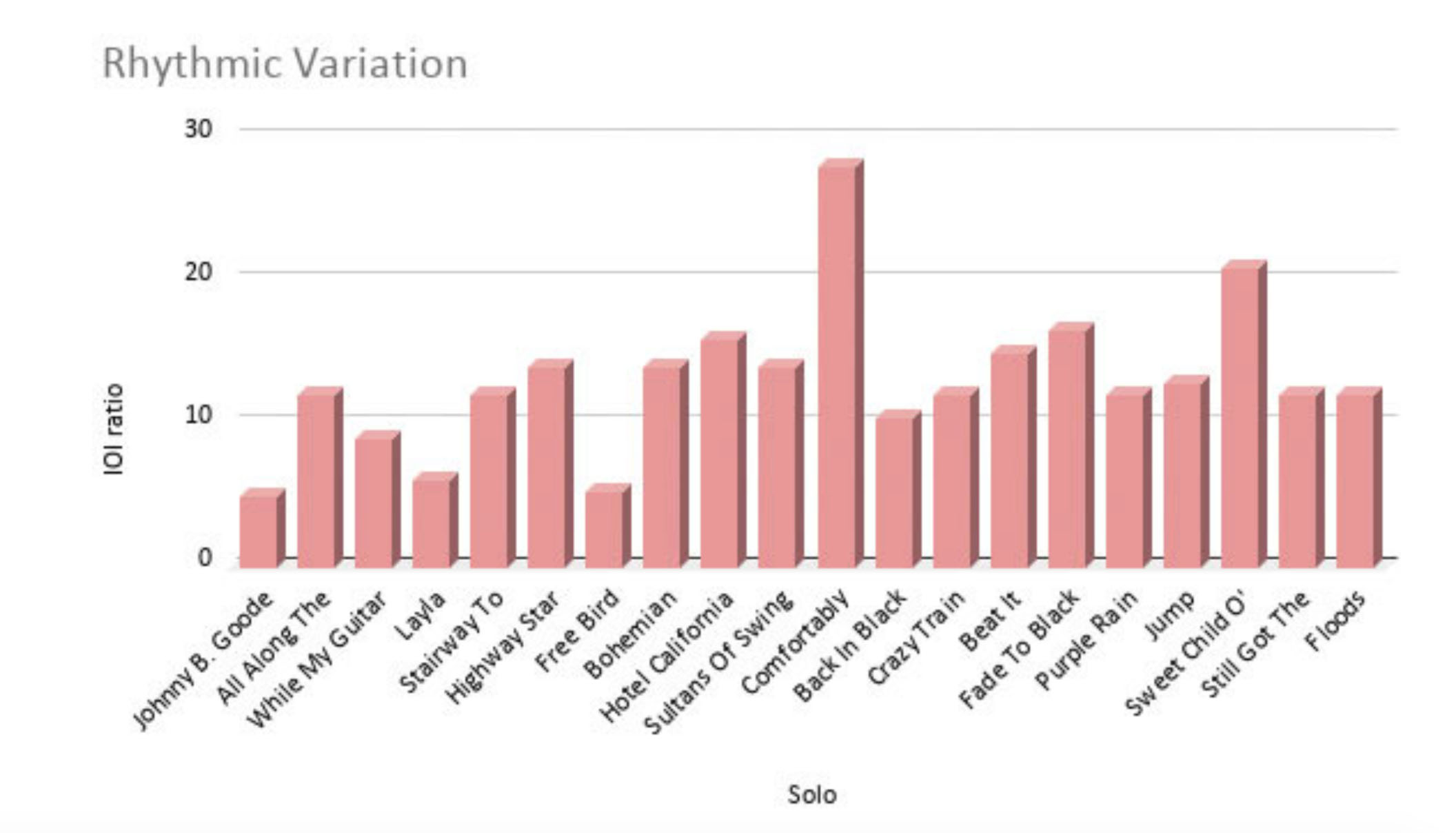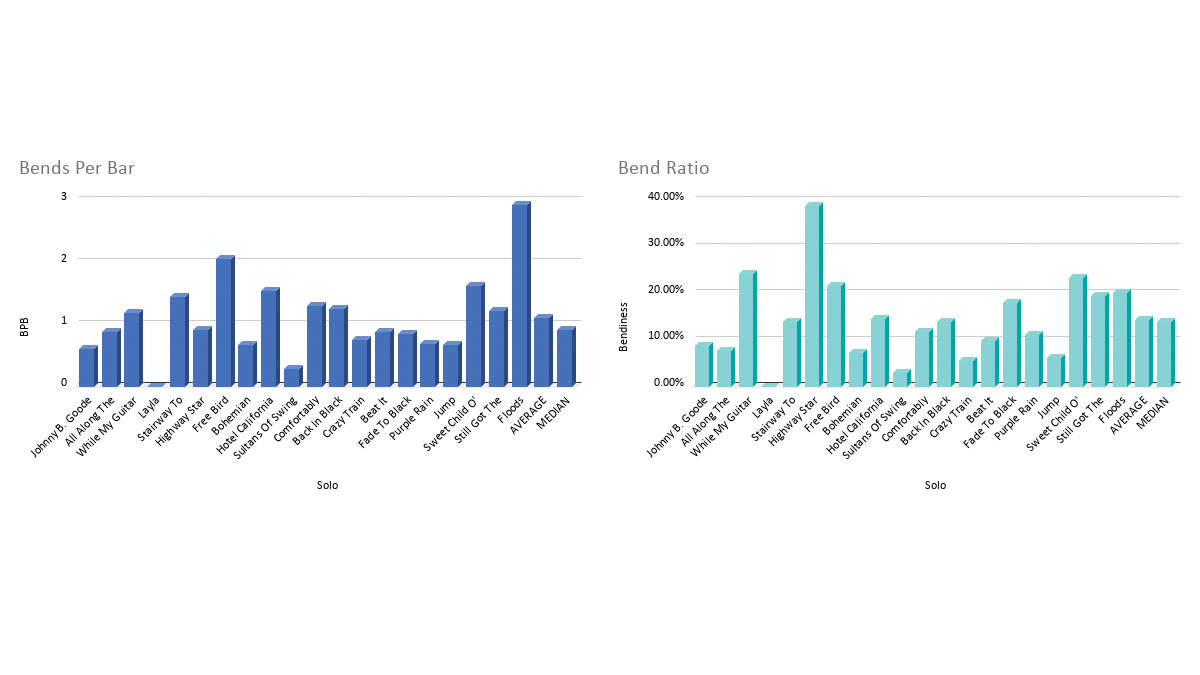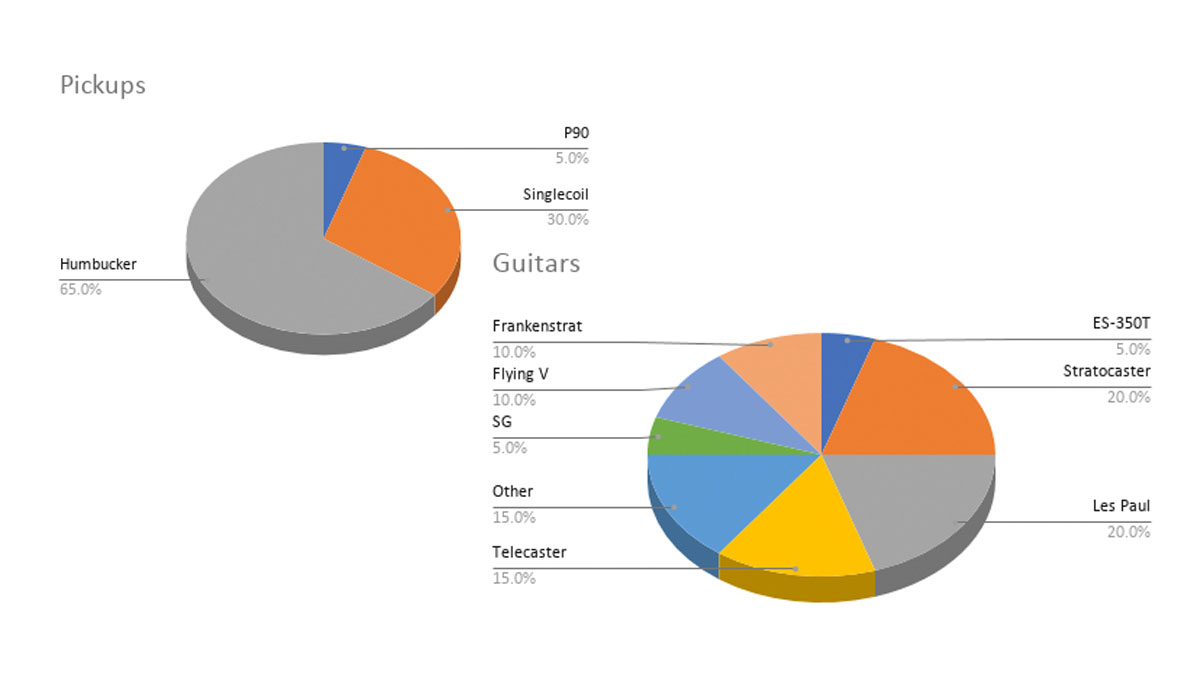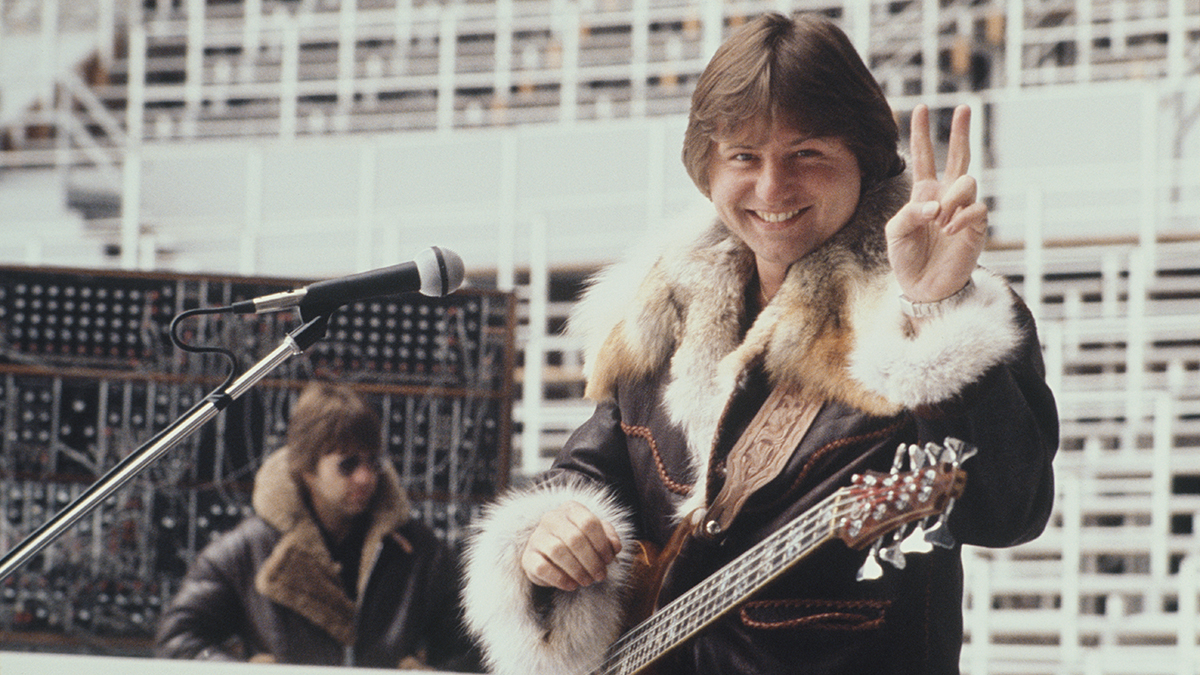What do the greatest solos of all time have in common? We investigate
Total Guitar follows the science behind the solos to find out exactly what makes the top 50 guitar leads so enduring
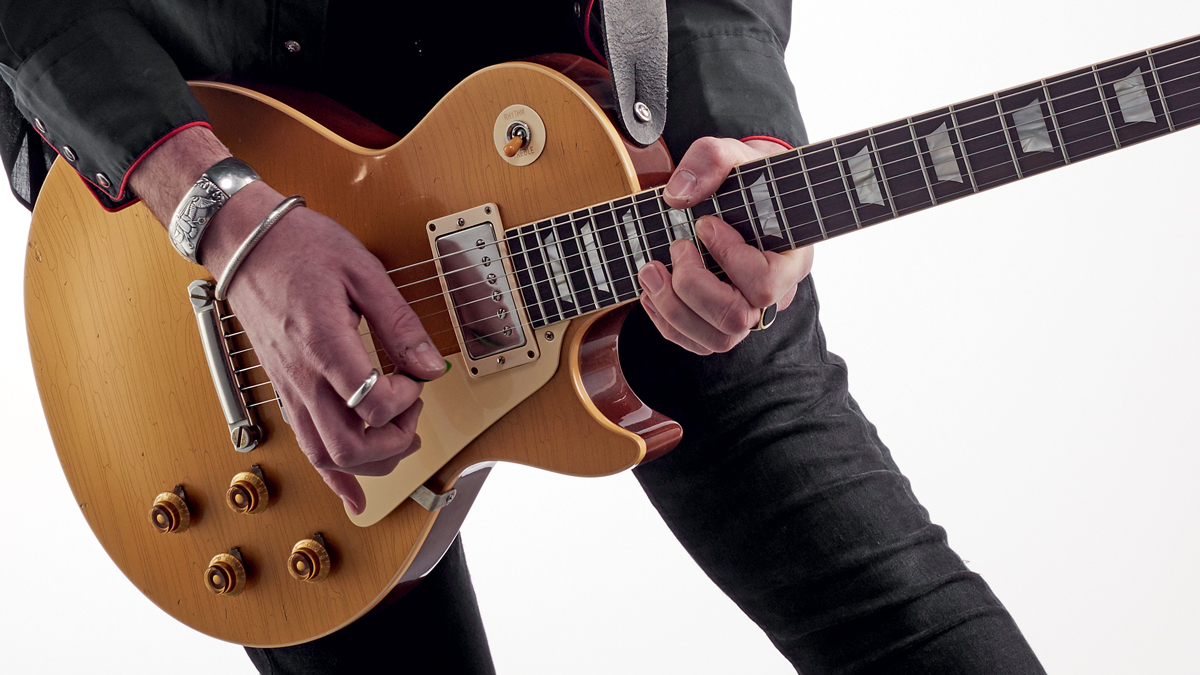
You’ve seen the results of our poll to find the 50 greatest guitar solos of all time. You’ve heard from our winning guitarist. But what can we learn from these iconic solos?
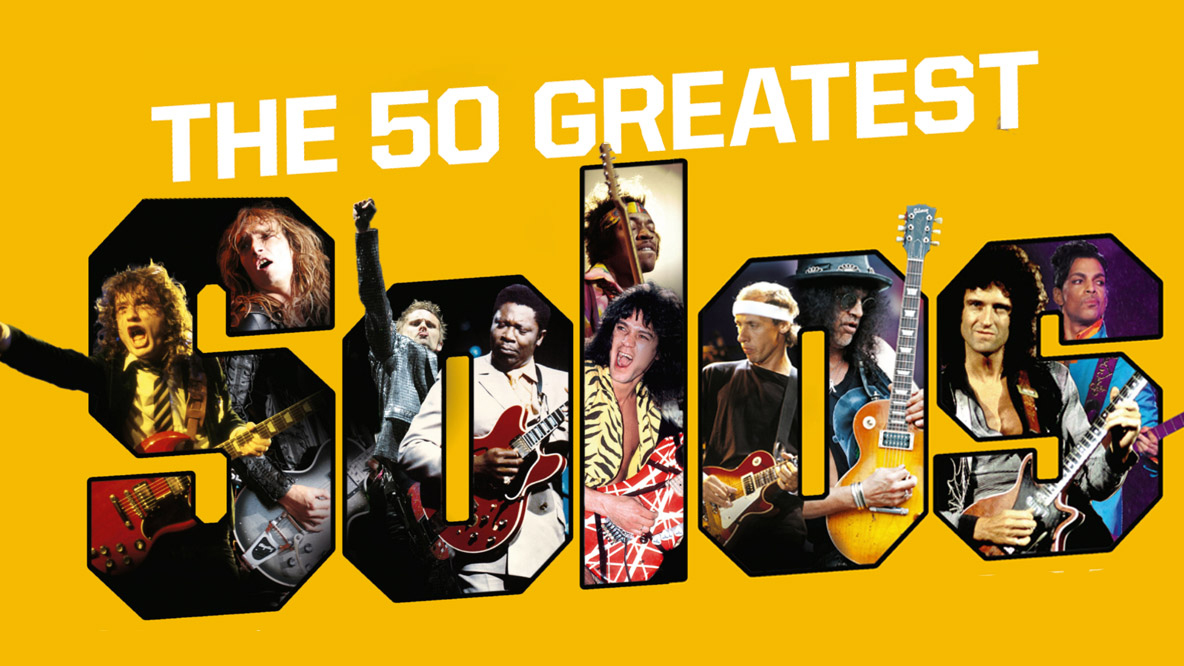
Well, here at TG Laboratories we’ve donned our white coats and set about poking, prodding and analysing 20 of ’em under our musicological microscope in search of some common essence, a musical DNA which links them all and makes them so engaging.
Is there some secret formula, a foolproof blueprint to replicate the success of these giants of rock? And if so, can our findings tell us all how to write our own ‘new classic’ solo? Read on as we find out…
How it works
- Instrumentals are out! So no Eruption or Cliffs Of Dover in our experiments
- Our focus is on ‘classic’ solos, so all songs here are pre-2000
- We commissioned our research before the final results came in, so this list doesn’t quite match the top songs in the poll. But it’s close enough to learn from...
1. Timeline and popularity
Our solos span 38 years (1958-1996), giving a midway point between the earliest and latest of 1979 – Comfortably Numb’s year of release, as it happens.
What is clear (and remarkable) is that if you plot the poll popularity as height (with Bohemian Rhapsody, Comfortably Numb and Stairway To Heaven at the peak), a bell curve emerges and you can see that the late 70s style is not only the midpoint of the era, but the peak of popularity also.
2. Tempo and duration
Finding: Any length can work, but short and sweet can succeed.
How fast are these solos and how long do they last? Well, the average tempo is about 106 bpm, but this doesn’t tell us much: the songs vary considerably from the stately 58 beats per minute of Purple Rain up to about three times faster in Highway Star and Johnny B. Goode.
All the latest guitar news, interviews, lessons, reviews, deals and more, direct to your inbox!
The duration is even more variable, from the short, sweet nine bars of Bohemian Rhapsody to the ludicrous 143 bars of Free Bird. In fact, over half of these solos clock in at under a minute. Long or short, it’s no barrier to writing a world-beating solo.
3. Key signature and scales
Finding: Scales are generally minor, but sophisticated and ‘guitar-friendly.’
Minor tonality makes up for more than all other categories put together, and, of these, the guitar-friendly keys of A minor, B minor, D minor and E minor are the most common.
Given that this is rock, one might think the minor pentatonic scale would be king, but these solos are all sophisticated, using at least seven notes. The Aeolian mode is most common but 30% of our solos are Aeolian with extra notes borrowed from other keys/scales.
4. Pitch and fretboard position
Finding: Most solos have a wide pitch range.
Our solos average about two and a half octaves of range, covering a fair bit of fretboard real estate too, although Johnny B. Goode is an outlier, staying in one position.
Layla’s slide solo is also unusual, reaching a high range beyond the fretboard. Note: the pitch range shown here is in MIDI numbers. The guitar’s bottom E is MIDI note 40, and the top E is MIDI note 64.
5. High and low notes
Finding: The lowest note tends to happen before the halfway point, and the highest afterwards.
Also crucial is when the highest and lowest notes occur – the position and pacing of these peaks and valleys creates the solos’ satisfying narrative arcs after all. There’s a general pattern, but it’s not strict...
KEY FACTS:
- In 60% of our solos, the highest note occurs later than the lowest note.
- In 70% of the solos, the highest note happens in the second half, with the average peak at about 61% of the way through.
- 70% of the solos have their lowest notes in the first half (averaging about 37% of the way through).
- Our champion Bohemian Rhapsody violates the first two of these three tendencies – so there are no hard, fast rules!
6. Glue vs noodles
Finding: Melodies and hooks and are balanced with noodly runs.
Most of our solos strike a balance of what we’ll call ‘glue’ (memorable melodies, hooks or repeated patterns) and ‘noodles’ (less connected phrases).
The ‘glue’ can happen up front (Sweet Child O’ Mine, Back In Black), but it’s more common for a solo to start noodly, then coalesce into a melody or a repeated lick (Purple Rain, Sultans Of Swing, Hotel California).
Other models include a ‘pivot’, a strong motif interspersed with more fluid material (Johnny B. Goode) or an ornamented melody embellished with noodles (Still Got The Blues).
7. Notiness, shreddiness and bursts
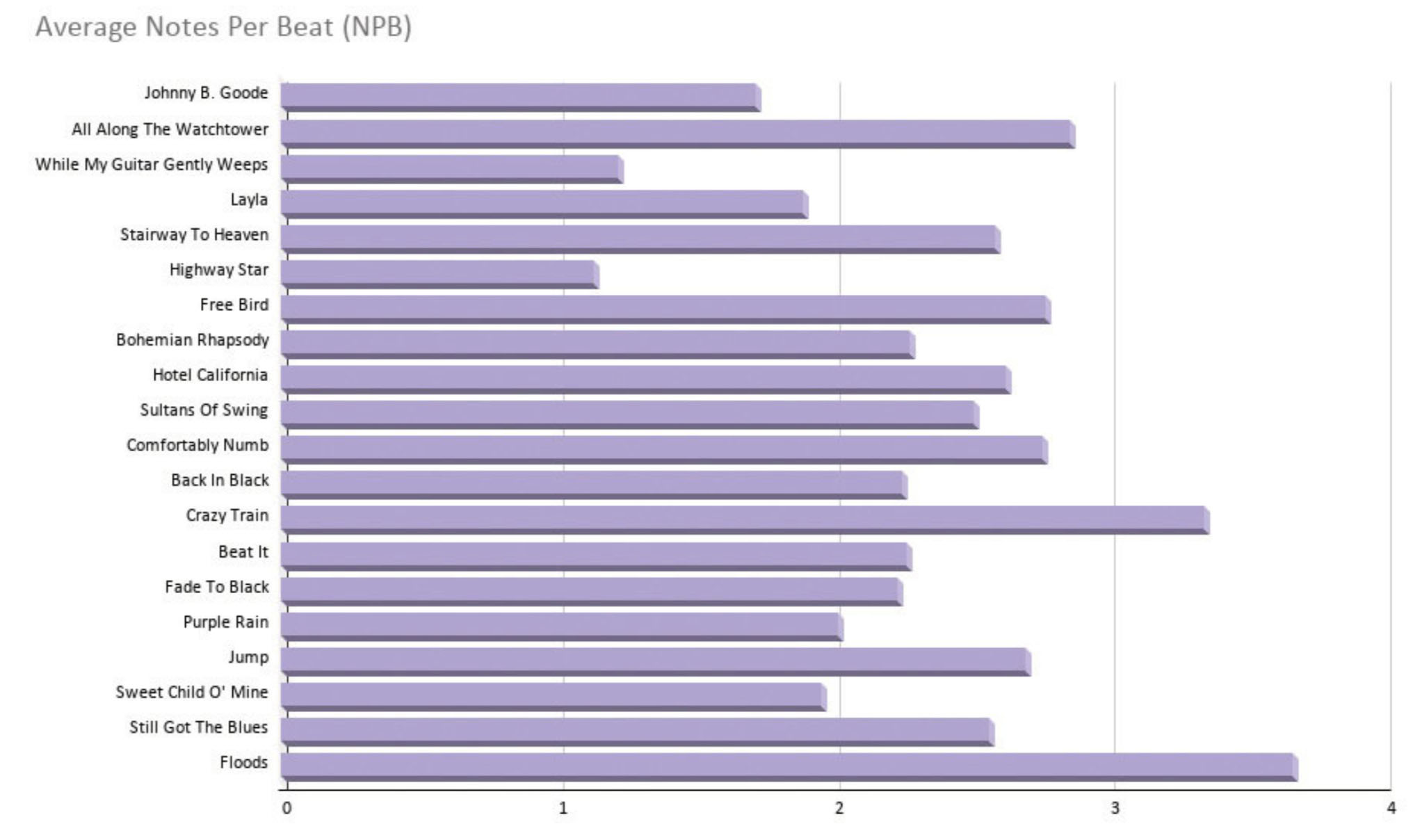
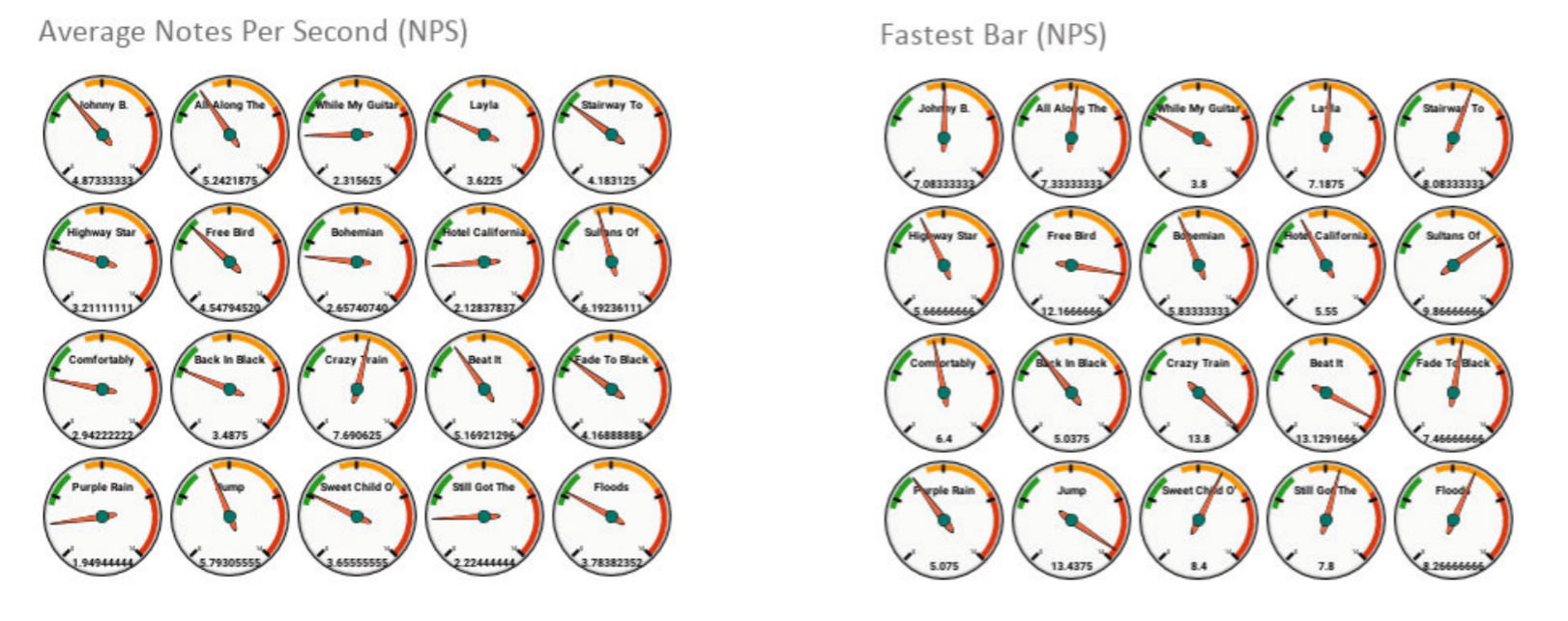
Finding: Notiness can be characterised by occasional bursts or by more constant shred!
Now for the matter of number of notes. Yep, we counted the lot! And we’re most interested in the average number of notes per beat (NPB), which ranges from about one NPB in Highway Star to almost four in Floods.
A better measure of shreddiness is the average notes per second (NPS). Here Crazy Train leads the pack (7.7 NPS) and the most chilled is Purple Rain (just below two). However, ditch averages and measure the fastest bar and both EVH solos catch up to Rhoads, showing that Eddie’s style balances bursts with longer notes.
8. Notes per bar
Finding: Most solos build to a climax, with more notes in the latter stages.
Just how notey are our solos as they progress from beginning to end? Well, having counted all the notes, we plotted the numbers bar-by-bar for every song (sadly there isn’t room to print them all).
The results are fascinating. If there’s a general rule, the most consistently notey bars occur in the last third of each solo. These graphs show the number of notes in each bar.
9. Rhythmic variation
Finding: A wide range of note lengths can create epicness.
Rhythm’s not just for, er, rhythm guitar, so we’ve analysed our solos to see how much variation there is between the longest and shortest notes (rests count too!). If we take a solo’s longest note or rest (we’re calling this the ‘inter-onset interval’ or IOI) and compare it to the shortest one, we get a ratio telling us how varied they are. Johnny B. Goode is the least varied, but the widest by far is Comfortably Numb.
10. String bends
Finding: Bendiness is a matter of both number and proportion.
We can measure how ‘bendy’ a solo is by counting the average number of string bends per bar. Floods sits at the top and Sultans Of Swing at the bottom (Layla’s solo is slide guitar and doesn’t count). However, measure what proportion of all notes involve a bend and Highway Star is way out above them all.
11. Gear and tone
Finding: Melody and ideas are more important than effects.
No surprises here, Les Pauls, Strats and Teles appear most frequently, with humbuckers a little more commonplace than single coils and a one-off P90.
Although gain level varies wildly (on the Floods-Sultans scale), effects are relatively sparse. Beyond reverb, a little chorus, delay or wah are the most commonplace effects.

